Palace of Hyrcanus the Tobiad
Province
Arabia Petraea
Arabia (province) (Pleiades)
The history of Roman Arabia begins with the death of the Nabataean king, Rabb'el II Soter, in A.D. 106. The emperor Trajan annexed the Nabataean kingdom and organized its territory within the new Roman province of Arabia Petraea that occupied a large area of northwestern Arabia, extending from the Hauran in the north, to the Negev and Sinai deserts in the west, and into the northern Hejaz in the south. The administrative district of Perea, formerly under the Herodian dynasty was also added. The provincial capital of Arabia Petraea was located at Bostra which replaced Petra as the capital of Nabataea in the last decades of that kingdom’s independence. Petra continued to function as an important cultural, political and economic center of the province for at least a century following annexation. During the early Byzantine period (4th-6th centuries CE), the major cities of the Roman era continued to flourish, and Christianity gradually became the accepted religion of the area. Petra remained an important center in the early Byzantine period when it was inhabited by a substantial Christian community and was the seat of a bishopric.
The region of Arabia Petraea is primarily a desert environment that belongs to the eastern Mediterranean weather system. Its inhabitants experienced marked seasonal contrasts with dry, hot summers and cold, wet winters. Rainfall occurs during the winter months and ranges from over 600 millimeters in the north-west to as low as 100 millimeters in the south and east of the region.
Location
The Hellenistic/Roman settlement of Tyrus was located in Wadi Seer in the highlands above the northeastern rim of the Dead Sea, about 15 km southwest of Amman, Jordan (Fig. 1). The site, which is often associated with the name of the modern village, ʻIrāq al-Amīr, boasts a partially restored palace (Qasr al-Abd, "Palace of the Servant") dated to the 2nd century BCE. In the hillsides behind the palace is a series of caves that were inhabited as early as the Chalcolithic period.
Garden
Palace of Hyrcanus the Tobiad
Keywords
Garden Description
This large preserved palace provides a rare glimpse of the kind of luxurious complex built by the late Hellenistic Alexandrian elite. According to Josephus (Antiquities Book 12:228-236), Hyrcanus the Tobiad was a Hellenized Jew and Ptolemaic official who had spent considerable time in Alexandria. Remains of the palace’s architecture are disposed on each of three terraces, an arrangement described by Josephus as large, open courtyards (aulae) which he adorned with vast gardens, descriptive of a paradeisos (paradise garden). The site has been explored by various expeditions, most recently by the Department of Antiquities of Jordan and the French Institute of Archaeology for the Near East under the direction of Fawzi Zayadine and Ernest Will. Although no garden excavations have been undertaken, the site of the palace illuminates Josephus’ description.
The west side of the uppermost terrace contains the caves described by Josephus as triclinia, with doors designed so that only one person could pass through at a time. A dovecote (columbarium), a typical feature of local palaces through the Herodian period, lies at the southern end of the cliff. Other remains of the palace and earlier inhabitation on the site lie on the east side of this terrace.
The second terrace is largely unexplored but remains of a building have been noted at its southwest corner. The lowest terrace has been the focus of archaeological exploration and contains the well-known Lion Pavilion restored by Will (Figs. 2 and 3). It was once thought to be a temple and is oddly described by Josephus as a fortress. This terrace is retained by large stone dam, which may have held water from the abundant local springs forming an artificial lake (Fig. 4). The pavilion is set well above the level of the land around it, and Netzer proposes that the “moat” mentioned by Josephus was in fact a reflecting pool for the ornately carved building at its center (Fig. 5).
Below the dam, the land drops away dramatically in a series of agricultural terraces leading to a large valley and the Jordan Valley beyond. The complex was unfinished at the time of Hyrcanus’ death in 169-68 BCE, and the complex eventually came into the properties of Herod the Great.
Maps
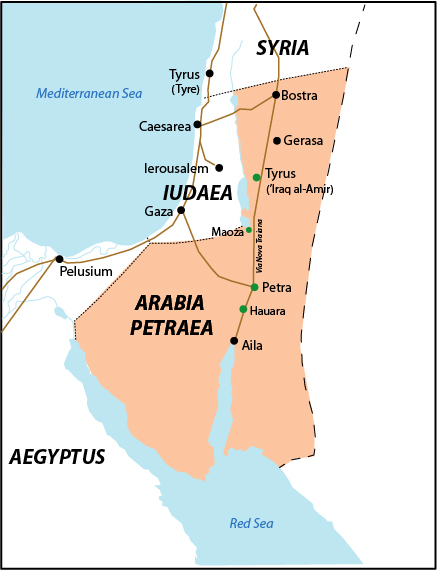
Fig 1: Map showing the location of ancient Tyrus in Arabia Petraea. Map by L.-A. Bedal, based on Andrein, with the assistance of EraNavigator
Plans
Images
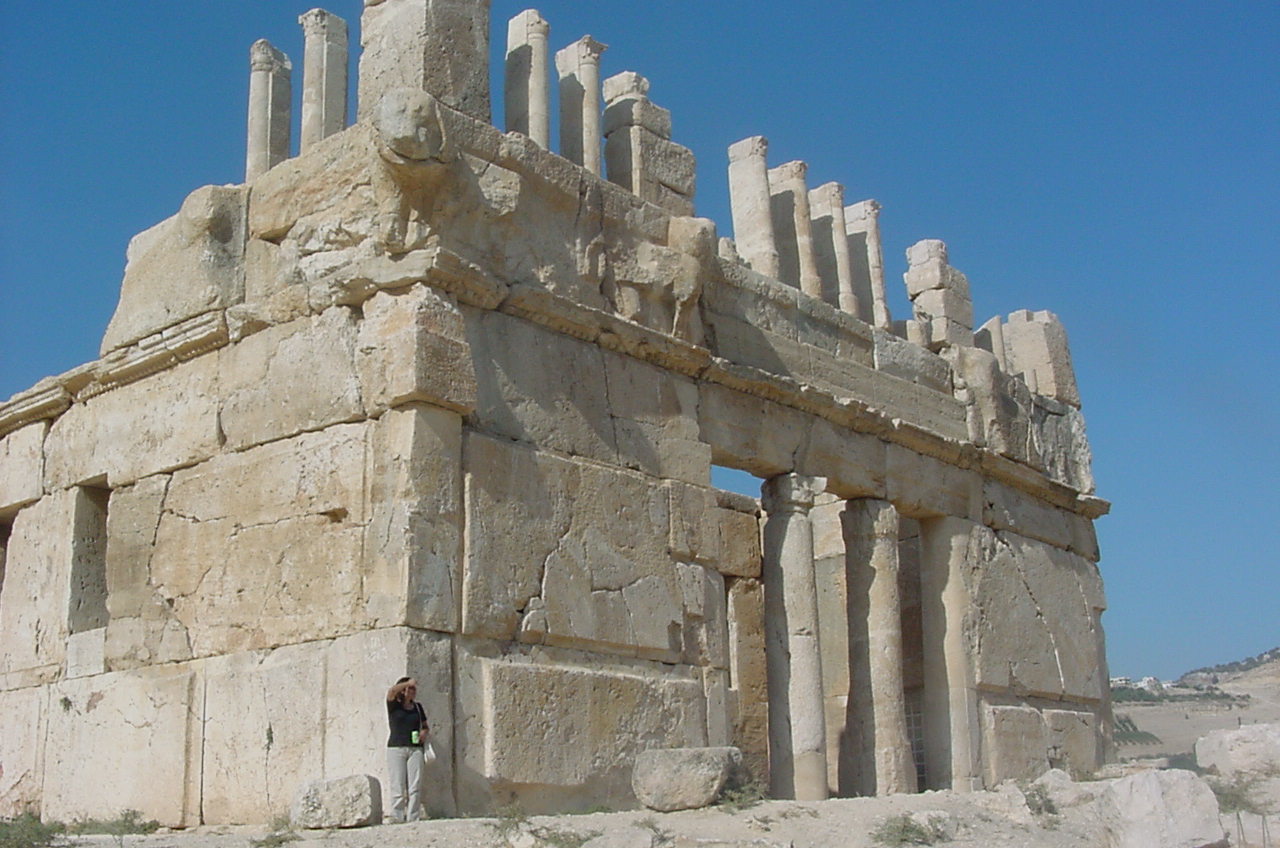
Fig. 2: The facade of the Lion Pavilion at Tyrus, ʻIraq al-Amir. Photograph by L.-A. Bedal.
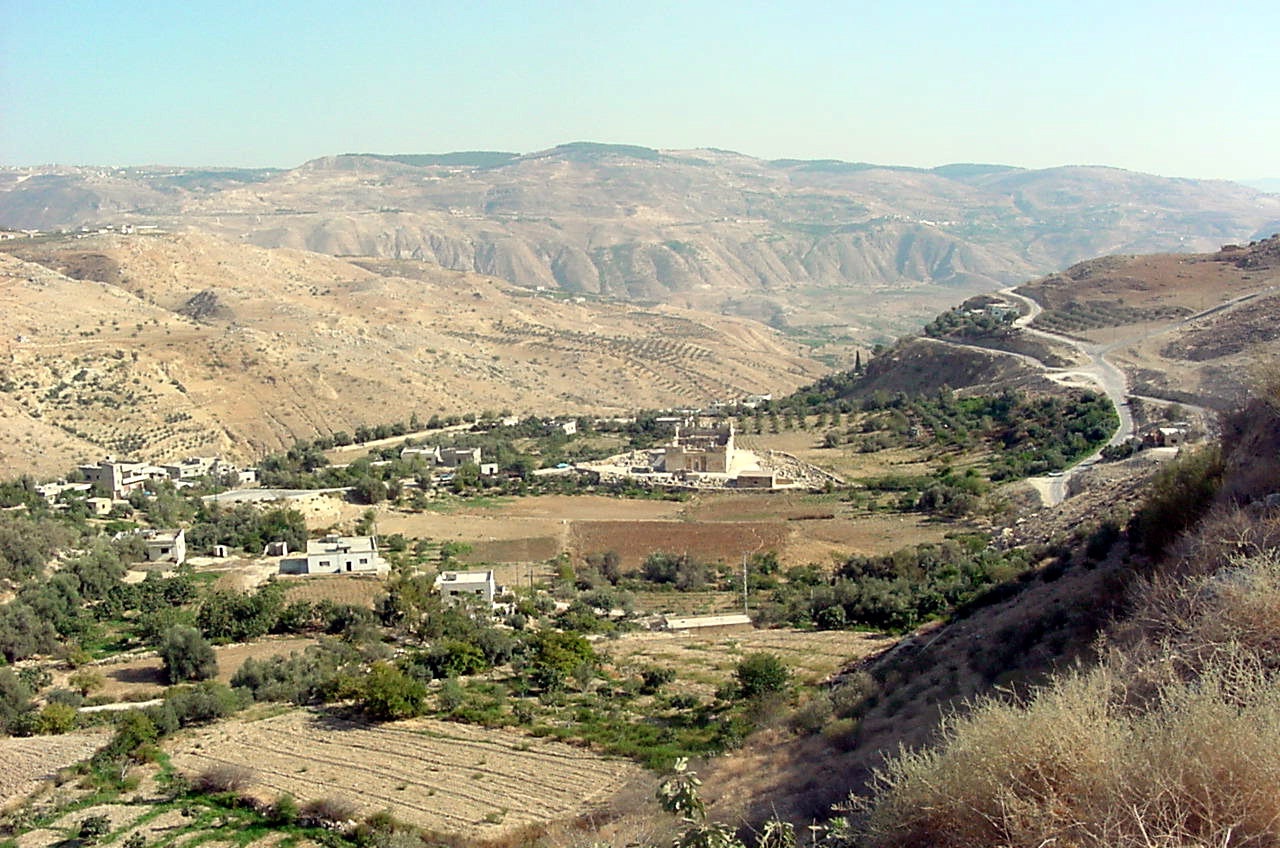
Fig. 3: The Lion Pavilion at Tyrus, ʻIraq al-Amir. Photograph by L.-A. Bedal.
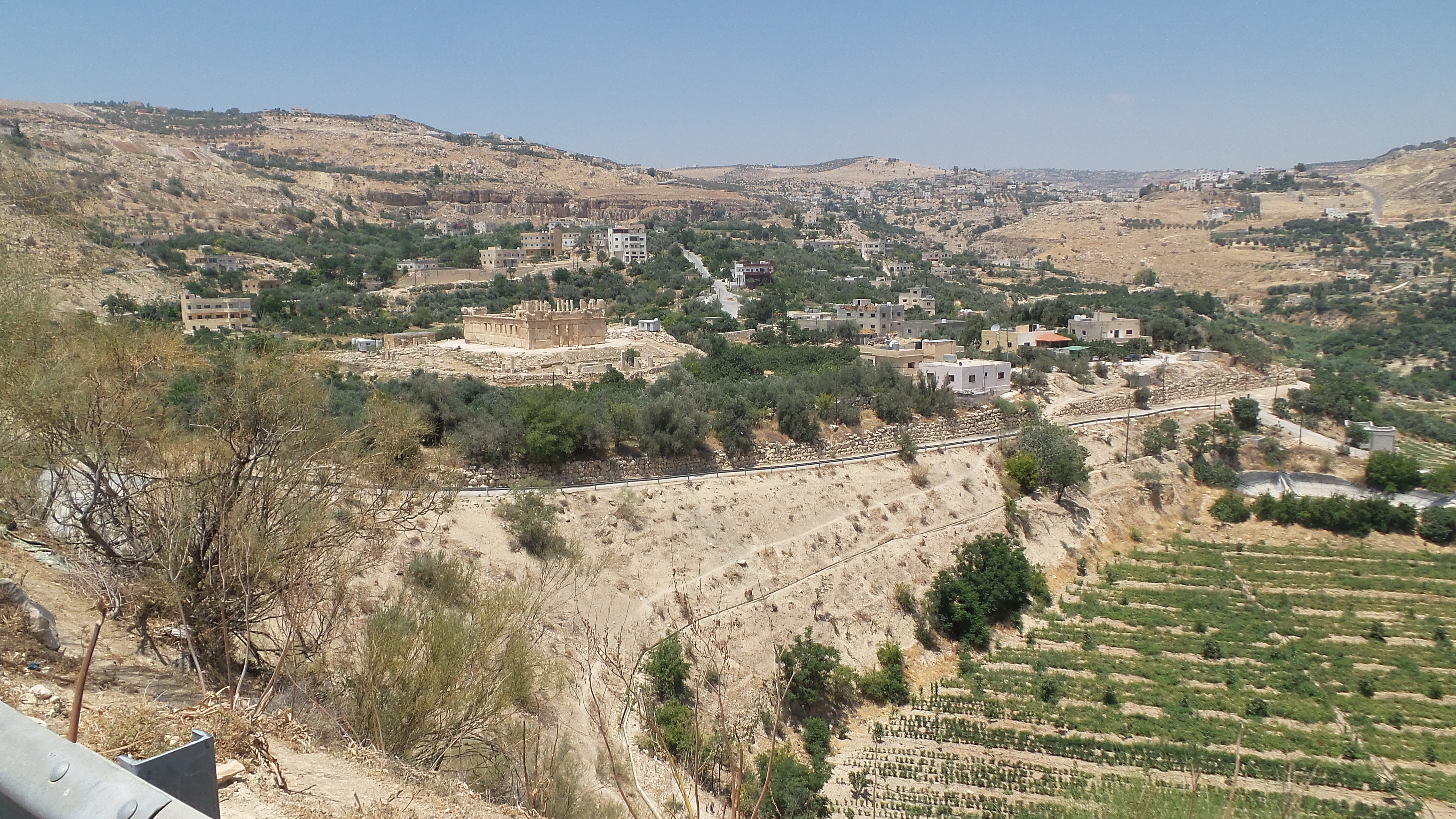
Fig. 4: View of the earthen dam constructed to create an artificial lake around Lion Pavilion. Josephus describes landscaped terrace gardens on the surrounding hillsides. Photograph by L.-A. Bedal.
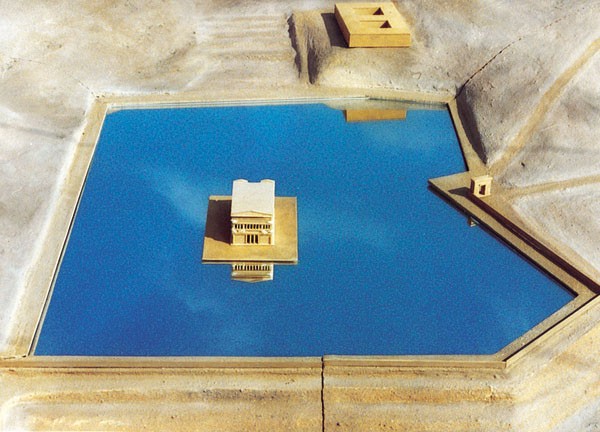
Fig. 5: Model of the Lion Pavilion and reflecting pool. Permission of E. Netzer.
Dates
2nd century BCE - 1st century CE (Hellenistic-Early Roman period)
Bibliography
Lapp, N. 1993. "ʻIraq al-Amir," In The New Encyclopedia of Archaeological Excavations in the Holy Land IV, edited by E. Stern, et al, 1254-1257, Jerusalem. (worldcat)
Lapp, P. W., 1963. “The second and third campaigns at Araq-el-Emir,” Bulletin of the American Schools of Oriental Research 171: 8-39.(http://www.jstor.org/stable/1355604)
Netzer, E. 1999. “Floating in the Desert: a pleasure palace in Jordan.” Archaeology Odyssey 2/1: 46–55. (https://www.baslibrary.org/archaeology-odyssey/2/1/14)
Nielsen, I., 1994. Hellenistic Palaces: Tradition and Renewal, Aarhhus: Aarhus University Press. (worldcat)
Will, E., and F. Larché, 1991. ʻIraq al Amir : le château du Tobiade Hyrcan, Paris: Biblioteque Archeologique et Historique 132. (worldcat)
Zayadine, F. 1997. “Iraq El Amir” In The Oxford Encyclopedia of the Archaeology of the Near East, edited by E. Meyers, Oxford. (worldcat)
Periodo ID
Pleiades ID
TGN ID
Contributor
Kathryn L. Gleason and Leigh-Ann Bedal
Publication date
21 Apr 2021